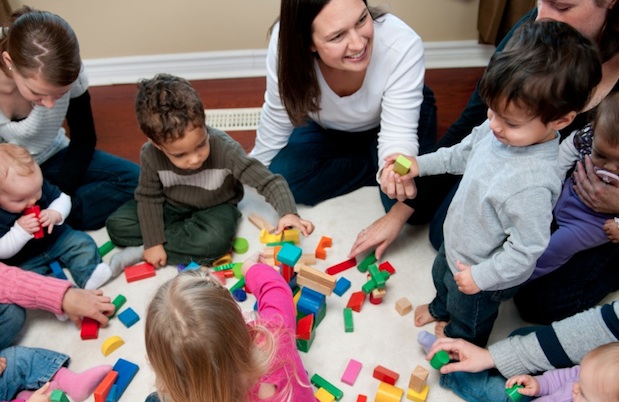Nine Things Educators Need to Know About the Brain
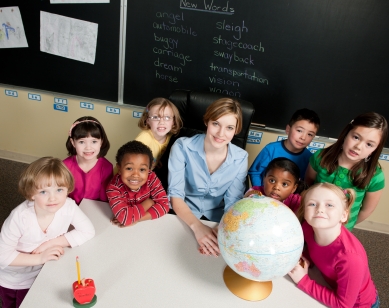 In an excerpt from his new book, psychologist Louis Cozolino applies the lessons of social neuroscience to the classroom.
In an excerpt from his new book, psychologist Louis Cozolino applies the lessons of social neuroscience to the classroom.
The human brain wasn’t designed for industrial education.
It was shaped over millions of years of sequential adaptation in response to ever-changing environmental demands. Over time, brains grew in size and complexity; old structures were conserved and new structures emerged. As we evolved into social beings, our brains became incredibly sensitive to our social worlds.
This mixture of conservation, adaptation, and innovation has resulted in an amazingly complex brain, capable of everything from monitoring respiration to creating culture. This added complexity came with a cost. Not only do all of these systems have to develop and interconnect, but they also have to stay balanced and properly integrated for optimal performance.
This evolutionary history poses a challenge for educators. While findings from social neuroscience can provide some welcome guideposts for teachers, they cannot substitute for the flexibility needed in the classroom to accommodate a range of students. Students and teachers are not uniform raw materials or assembly-line workers, but a diverse collection of living, breathing human beings with complex evolutionary histories, cultural backgrounds, and life stories.
If we are going to move forward, we will have to admit that a one-size-fits-all model of education is doomed to fail the majority of students and teachers.
And through understanding how students’ brains actually work and using that knowledge to benefit classroom learning, we may be able to positively influence classroom education and prepare students to better face unknowable futures. Here are nine scientific insights that educators might want to keep in mind.
1. The brain is a social organ.
Our brains require stimulation and connection to survive and thrive. A brain without connection to other brains and without sufficient challenge will shrink and eventually die—moreover, the modern human brain’s primary environment is our matrix of social relationships. As a result,close supportive relationships stimulate positive emotions, neuroplasticity, and learning.
That’s why it pays for teachers to create positive social experiences in the classroom. From a neurobiological perspective, the position of the teacher is very similar to that of the parent in building the child’s brain. Optimism, encouragement, and giving someone the benefit of the doubt have been shown to positively impact performance—and so does a caring and positive regard for students. Promoting social-emotional learning programs that decrease student conflict and create positive social climates in the classroom are invaluable to learning.
2. We have two brains.
The cerebral hemispheres have differentiated from one another and developed specialized functions and skills. In general, the left hemisphere has taken the lead on language processing, linear thinking, and pro-social functioning while the right hemisphere specializes in visual-spatial processing, strong emotions, and private experience.
Most tasks, though, involve contributions from both hemispheres. So, it is important to understand how to engage both in the classroom context.
Good teachers intuitively grasp this in their students, and they will seek to balance the expression of emotion and cognition, encouraging overly rational students to be aware of and explore their feelings while helping anxious students develop the cognitive capabilities of their left hemispheres to regulate their emotions.
Storytelling can help here, as stories can serve as powerful organizing tools for neural network integration. A story that is well told, containing conflicts and resolutions and thoughts flavored with emotions, will shape brains and connect people.
3. Early learning is powerful.
Much of our most important emotional and interpersonal learning occurs during our first few years of life, when our more primitive neural networks are in control. Early experiences shape structures in ways that have a lifelong impact on three of our most vital areas of learning:attachment, emotional regulation, and self-esteem. These three spheres of learning establish our abilities to connect with others, cope with stress, and feel that we have value.
Every time children behave in a way they (or we) don’t understand, a teacher has the opportunity to engage in an exploration of their inner world. When painful experiences can be consciously thought about, named, and placed into a coherent narrative, children gain the ability to reintegrate dissociated neural networks of affect, cognition, and bodily awareness.
Encouraging students to write about their experiences in diaries and journals can help, as it lets students become the masters of their experience and reducing anxiety and stress. Research has shown that writing about your experiences can increase well-being and help with emotional regulation, which may have been impaired through early traumatic experiences.
4. Conscious awareness and unconscious processing occur at different speeds, often simultaneously.
Conscious awareness and explicit memory are but a small fraction of the vast amount of neural processing that occurs each millisecond.
Think of how many things you do without having to think about them: breathing, walking, balancing, even constructing the syntax of a sentence, is handled automatically. The brain is able to process incoming information, analyze it based on a lifetime of experience, and present it to us in half a second. The brain then creates the illusion that what we are experiencing is happening right now and that we are making decisions based on our conscious thought processes.
Because of this, it is especially important to teach students to question their assumptions and the possible influences of past experiences and unconscious biases on their feelings and beliefs.
This is especially true when thinking about prejudice. Because fear conditioning does not require conscious awareness, the brain’s knee-jerk reaction to individuals of other races is unrelated to our conscious attitudes. Open discussion and increased interracial exposure can work against prejudice being turned into conscious beliefs and negative behaviors.
5. The mind, brain, and body are interwoven.
Physical activity exerts a stimulating influence on the entire brain that keeps it functioning at an optimal level. Exercise has been shown to stimulate the birth of new neurons in the hippocampus and to pump more oxygen through the brain, stimulating capillary growth and frontal-lobe plasticity.
Proper nutrition and adequate sleep are also essential to learning. Although the brain is only a fraction of our body’s weight, it consumes approximately 20 percent of our energy, which makes good nutrition a critical component of learning. Sleep boosts cognitive performance and augments learning while sleep deprivation limits our ability to sustain vigilance and attention. Sleep deprivation has also been shown to impair flexible thinking and decision-making.
An awareness of these biological realities can lead to changes in school start times, lunch programs, and recess schedules. Teachers can teach students about the importance of sleep and make suggestions for better sleep habits, such as how to create a good sleep environment and promote relaxation. Good nutrition and regular exercise can be incorporated into the school environment. Teaching about the interconnections among the brain, the body, and how we learn will provide students with important scientific knowledge, which could improve their academic performance and physical health.
In addition, learning can be enhanced by certain environmental conditions and hampered by others. Inadequate school facilities, poor acoustics, outside noise, and inadequate classroom lighting all correlate with poorer academic performance. Chairs with poor support hamper blood supply to the brain and impede cognition while temperatures above 74–77 degrees Fahrenheit have been shown to correlate with lower reading comprehension and math scores. A more hospitable climate for learning can help performance by providing for the physical needs of the body.
6. The brain has a short attention span and needs repetition and multiple-channel processing for deeper learning to occur.
Curiosity, the urge to explore and the impulse to seek novelty, plays an important role in survival. We are rewarded for curiosity by dopamine and opioids (feel-good chemicals in the brain), which are stimulated in the face of something new. Because our brains evolved to remain vigilant to a constantly changing environment, we learn better in brief intervals.
This is likely one reason why variation in materials, breaks, and even intermittent naps facilitate learning. It is probably important for teachers to reestablish attention in their students every five to 10 minutes and continue to shift the focus of attention to new topics.
Learning also involves the strengthening of connections between neurons. “What fires together wires together,” say neuroscientists, which is why repetition supports learning while the absence of repetition and exposure results in its decay. Teachers would do well to make sure they repeat important points in their lessons to deepen learning.
Given that visual, semantic, sensory, motor, and emotional neural networks all contain their own memory systems, multichannel learning engaging each of these networks increases the likelihood of both storage and recall. We have an amazing capacity for visual memory, and written or spoken information paired with visual information results in better recall. There is a greater likelihood that learning will generalize outside the classroom if it is organized across sensory, physical, emotional and cognitive networks.
7. Fear and stress impair learning.
Evolution has shaped our brains to err on the side of caution and to trigger fear whenever it might be remotely useful. Fear makes us less intelligent because amygdala activation—which occurs as part of the fear response—interferes with prefrontal functioning. Fear also shuts down exploration, makes our thinking more rigid, and drives “neophobia,” the fear of anything new.
Stressful situations trigger the release of the stress hormone cortisol, which interferes with neural growth. Prolonged stress impairs our ability to learn and maintain physical health.
Success in school depends upon a student’s ability to somehow decrease their stress. The inclusion of stress-management techniques into the curriculum is an obvious application of neuroscience to education that can improve learning, emotional well-being, and physical health. Teachers can use their warmth, empathic caring, and positive regard to create a state of mind that decreases fear and increases neuroplasticity and learning.
8. We analyze others but not ourselves: the primacy of projection.
Our brains have evolved to pay attention to the behaviors and emotions of other people. Not only is this processing complex, but it is lightning fast, shaping our experience of others milliseconds before we even become consciously aware of their presence. We automatically generate a theory of what is on their mind—our ideas about what they know, what their motivations may be, and what they might do next. As a result, we are as quick to think we know others as we are slow to become aware of our own motives and faults.
Taking our thoughts about others and trying them on for size has the potential to teach us about ourselves and increase our empathic abilities. Simple exercises that guide students to examine what and how what they think and feel about others may be true for themselves can open a window of self-awareness, empathy, and insight. Teachers can ask students to examine the lives of historical figures and characters from books and movies to help them gain a third-eye perspective on their own strengths, motivations, and flaws.
9. Learning is enhanced by emphasizing the big picture—and then allowing students to discover the details for themselves.
When problems are represented at higher levels of abstraction, learning can be integrated into larger schemas that enhance memory, learning, and cognitive flexibility. Starting with major concepts and repeatedly returning to them during a lecture enhances understanding and memory, a phenomenon that increases when students create their own categories and strategies of organizing information. Chunking material into meaningful segments makes it easier to remember, and improves test performance while increasing prefrontal activity during encoding.
When it comes to discovering the details, bear in mind that our brains evolved to learn is through trial-and-error exploration. This is true of learning and adapting to both our social and physical environments. Therefore, using what we learn to attempt to solve real-world problems and adjusting our behaviors or ideas based on the results augments the retention of skills and information. We are born to explore, and teachers who make use of that will probably find more success in the classroom.
Tips for Applying Brain Science to the Classroom
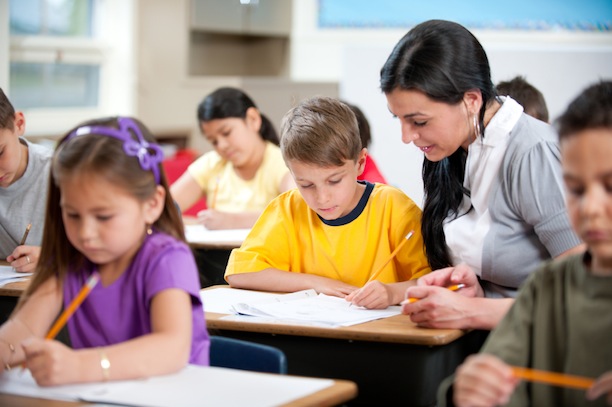
The brain is a social organ: that’s why it pays for teachers to create positive social experiences in the classroom. Discover four ways for teachers to create a caring classroom.
We have two brains that art combines: Stories can serve as powerful organizing tools for neural network integration. Learn more about arts and smarts.
Early experiences are powerful: Much of our most important emotional and interpersonal learning occurs during our first few years of life. Learn more about attachment and brain development.

The unconscious is powerful too: Unconscious bias makes it important to teach students to question their assumptions and the possible influences on their feelings and beliefs. Discover how the brain can correct unconscious prejudice.
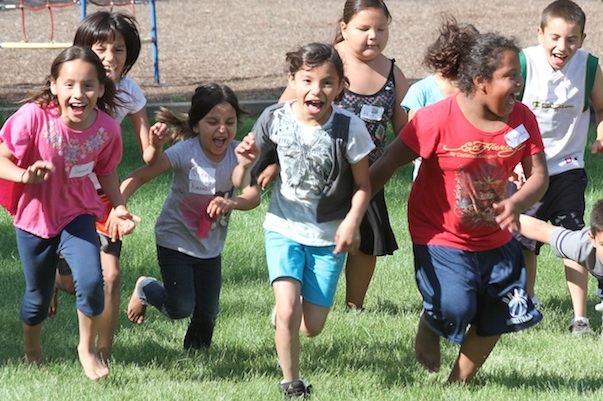
Mind, brain and body are interwoven: Physical activity, proper nutrition, and adequate sleep are essential to learning. Learn more about the importance of play.

The brain has a short attention span: The brain needs repetition and multiple-channel processing for deeper learning to occur. Read eight tips for fostering flow and engagement in the classroom.

Fear and stress impair learning: Success in school depends upon a student’s ability to somehow decrease their stress. Read more about stress at school
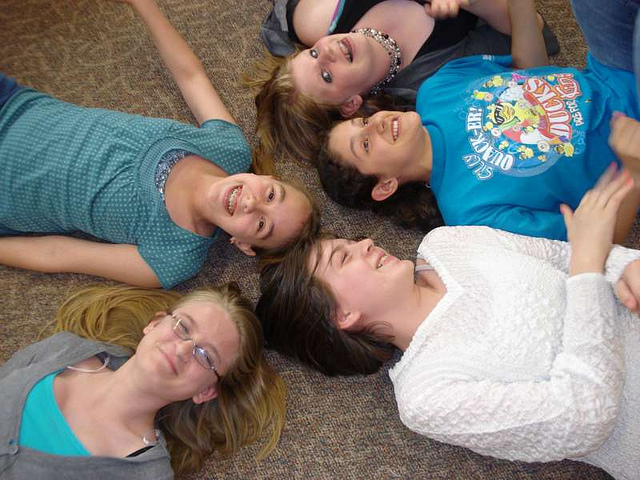
We naturally empathize: Our brains have evolved to pay attention to the behaviors and emotions of other people. Learn how to foster empathy and compassion at school.

Teach the big picture: Learning is enhanced by emphasizing the big picture—and then allowing students to discover the details for themselves. Read about fostering a sense of awe in the classroom.
This essay is excerpted from The Social Neuroscience of Education: Optimizing Attachment and Learning in the Classroom and is reprinted here with permission from the Greater Good Science Center (GGSC). Based at UC Berkeley, the GGSC studies the psychology, sociology, and neuroscience of well-being, and teaches skills that foster a thriving, resilient, and compassionate society.


